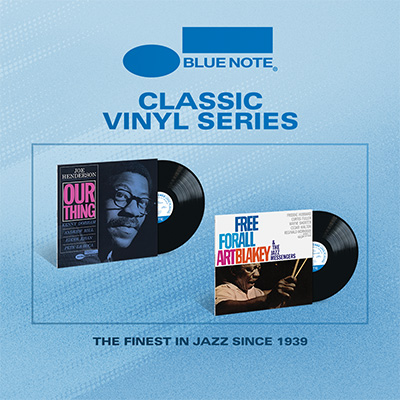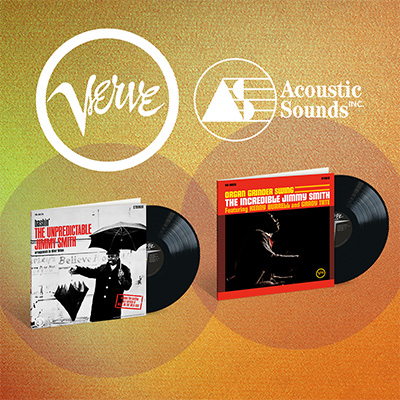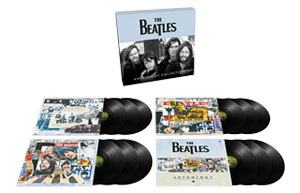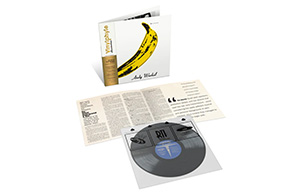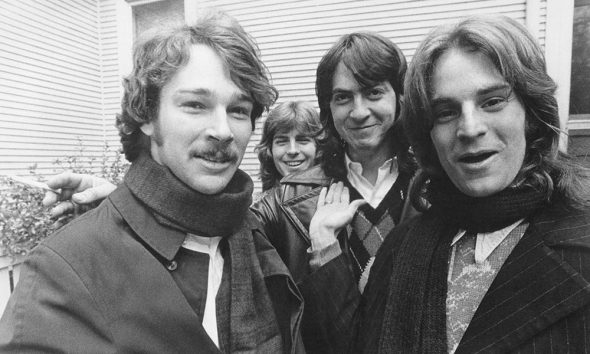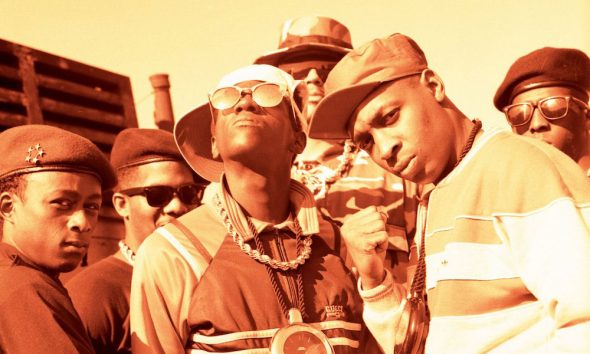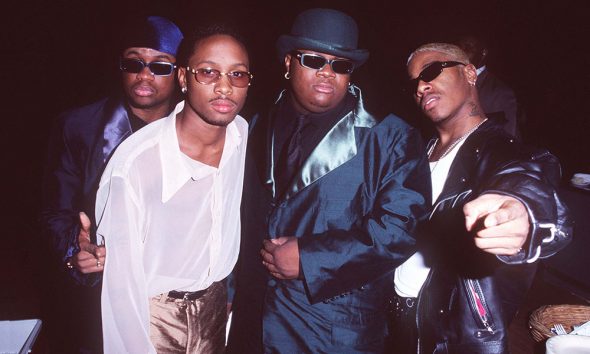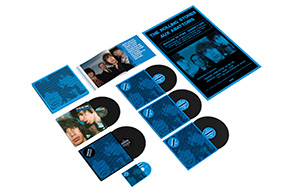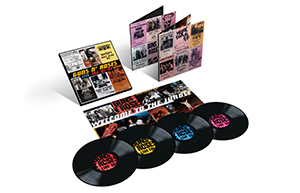Jimmy Smith
Jimmy Smith was an innovative jazz organist who had a prolific solo career and collaborated with artists like Quincy Jones and Frank Sinatra.
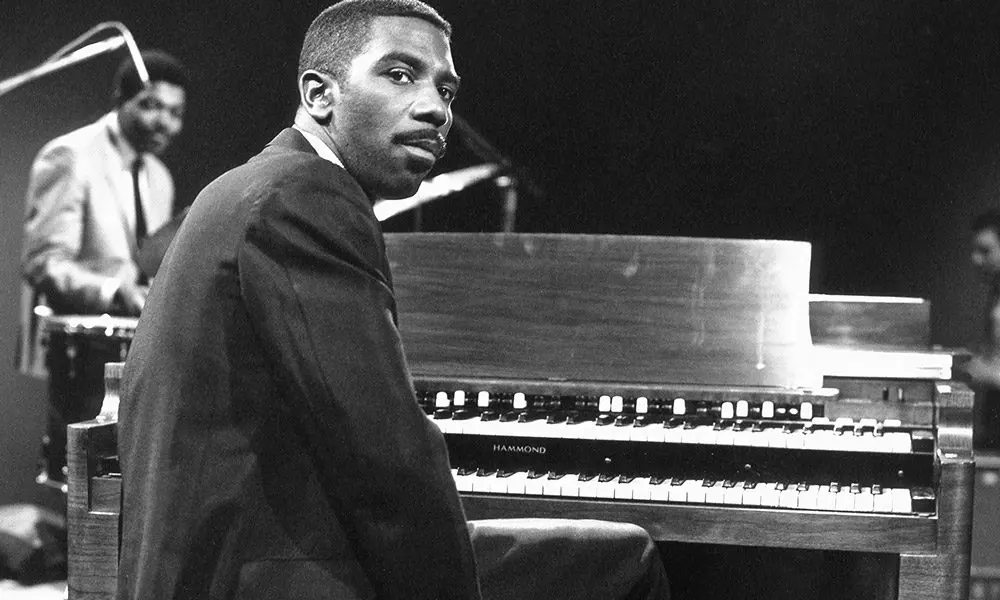
Jimmy Smith introduced more people to jazz than just about any of his contemporaries. He had hit singles on the Billboard charts and his hip Hammond B3 organ was ubiquitous during the 1970s. His was accessible jazz, the kind that was easy to get ‘into’, yet it was complex and challenging too, offering endless hours of enjoyment. His back catalogue is full of wonderful albums and if you’re looking for a place to start check out The Cat from 1964 which has also recently been reissued on vinyl.
“I am the innovator. that’s it. period! I’m the guy that made it.” – Jimmy Smith
Jimmy Smith’s father had a song-and-dance act in the local clubs, so it was perhaps no surprise that as a young boy he took to the stage at six years old. Less usual though was that by the age twelve, he had taught himself, with occasional guidance from Bud Powell who lived nearby, to be an accomplished “Harlem Stride” pianist. He won local talent contests with his boogie-woogie piano playing and his future seemed set, but his father became increasingly unable to play and turned to manual labour for income. Smith left school to help support the family and joined the Navy when he was fifteen years old.
With financial assistance from the G.I. Bill of Rights, set up in 1944 to support Second World War veterans rehabilitate, Smith was able to return to school in 1948, this time studying bass at the Hamilton School of Music in Philadelphia, and a year later, piano, theory and harmony at the Leo Ornstein School of Music. At this point, he was juggling school with working with his father and playing the piano with several different R&B groups. It was in 1953 while playing the piano with Don Gardener’s Sonotones that Smith heard Wild Bill Davis playing a Hammond organ and was inspired to switch to the electric organ.
His timing could not have been more perfect. As a kickback against the cool school, jazz was returning to its roots, leaning heavily on the blues and gospel that infused Smith’s upbringing. At the time, Laurens Hammond was improving his Hammond organ model A first introduced in 1935 by refining the specifications and downsizing it from two keyboards and an excess of foot pedals and drawbars, to the sleeker, more sophisticated B3 design.
Smith got his first B3 in 1953 and soon devised ways to navigate the complex machine: ‘When I finally got enough money for a down payment on my own organ I put it in a warehouse and took a big sheet of paper and drew a floor plan of the pedals. Anytime I wanted to gauge the spaces and where to drop my foot down on which pedal, I’d look at the chart. Sometimes I would stay there four hours or maybe all day long if I’d luck up on something and get some new ideas using different stops.’
Developing his playing style independent from any outside influence, by cutting himself off from the outside world for three months, was perhaps the key to his singular success. His technique, steeped in the gospel tradition, with rapid runs across the keyboard using the palm of his hand and quirky use of the pedals to punch out entire bass lines, was like nothing ever heard before; there is not a single organist since that does not acknowledge a debt to the incredible Jimmy Smith.
Smith began playing Philadelphia clubs in that same year, taking in a young John Coltrane for a short two-week stint at Spider Kelly’s. Coltrane remembers: ‘It was Jimmy Smith for about a couple of weeks before I went with Miles [Davis] – the organist. Wow! I’d wake up in the middle of the night, man, hearing that organ. Yeah, those chords screaming at me.’
Shortly afterwards, Smith left Philly behind, heading for his debut on the New York scene. From his first gig in Harlem, it was patently obvious that this was something quite new, and it was not long before his novelty was attracting considerable attention, not least from the Blue Note label owner Alfred Lion, who had no hesitation in offering him a record deal. Smith recorded his own organ trio for Blue Note that very same year, scoring an instant success with the presciently titled A New Sound… A New Star… This launched Smith’s hugely successful career and gave Blue Note a much-needed income from a steady stream of albums over the next seven years.
Smith’s Blue Note sessions partnered him with Kenny Burrell, Art Blakey, Lee Morgan, Lou Donaldson, Stanley Turrentine, Jackie McLean and many others. His debut for Blue Note was A New Sound… A New Star… Jimmy Smith at the Organ, Volume 1 in 1956, followed by Volume 2 the same year. Other highlights of his time with the label included Groovin’ at Small’s Paradise (1957), Back At The Chicken Shack (1960) and Prayer Meetin’ (1963).
Jimmy Smith moved to Verve in 1962 where he immediately released a critical and commercial success in the form of Bashin’: The Unpredictable Jimmy Smith, which included the hit track “Walk On The Wild Side”. A song written by Elmer Bernstein, it was the title track to a movie. The album benefited greatly from the arranging skills of Oliver Nelson and “Walk On The Wild Side” made No. 21 on the Billboard pop chart and was the biggest hit of his career.
Bashin’… made No. 10 in the album charts, and for the next four years, his albums rarely failed to chart. Among his biggest successes were Hobo Flats (1964), Who’s Afraid Of Virginia Woolf (1964), The Cat (1964), Organ Grinder Swing (1965) and Jimmy & Wes – The Dynamic Duo (1967).
Following the last of a series of European tours in 1966, 1972 and 1975, rather than continuing to travel to play, Smith chose to settle down with his wife in the mid-1970s and run a supper club in California’s San Fernando Valley. Despite his regular performances, the club failed after only a few years, forcing a return to recording and frequent festival appearances, albeit not to the kind of acclaim that he had received previously.
In fact, it wasn’t until the late 1980s that Smith produced several well-reviewed albums. He also received recognition for a series of live performances with fellow organ virtuoso Joey DeFrancesco, and his reinvigorated profile even led producer Quincy Jones to invite him to play on the sessions for Michael Jackson’s album Bad in 1987; Smith plays the funky B3 solo on the title track. At the other end of the pop spectrum, he played on Frank Sinatra’s L.A. Is My Lady album in 1984 produced by Quincy Jones.
As his reputation grew again, Smith toured afar, playing with small groups in Japan, Europe and the United States, helped by hip-hop DJs spreading his name by sampling Smith’s funky organ grooves, exposing him to a new generation of fans through the Beastie Boys, Nas, Gang Starr, Kool G Rap and DJ Shadow. Returning to Verve in 1995, Smith recorded the albums Damn! and Dot Com Blues in 2001, featuring legendary R&B stars, including Etta James, B. B. King, Keb’ Mo’, and Dr. John.
After moving to Scottsdale, Arizona, Smith died in 2005, less than a year after his wife. His final recording, Legacy with Joey DeFrancesco, was released posthumously. DeFrancesco dedicated the album, ‘To the master, Jimmy Smith—One of the greatest and most innovative musicians of all time.’ It’s time for a reappraisal of The Incredible Jimmy Smith who did as much to popularize jazz as almost any of his contemporaries. He broke down the barriers between the genres to get people listening.

